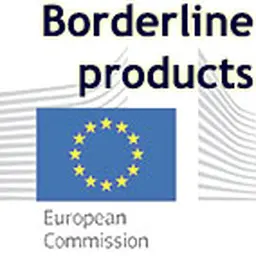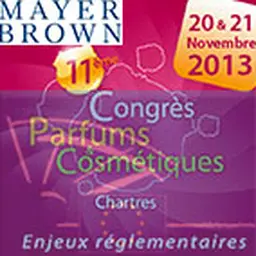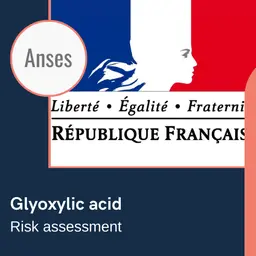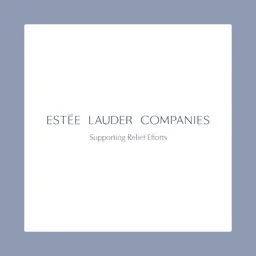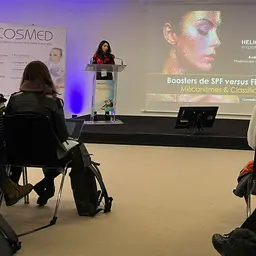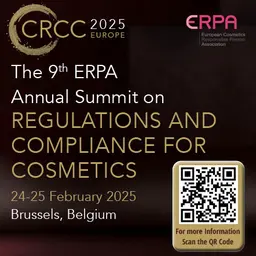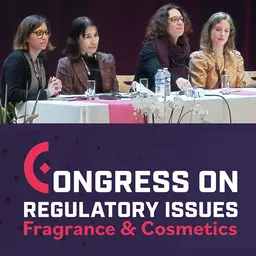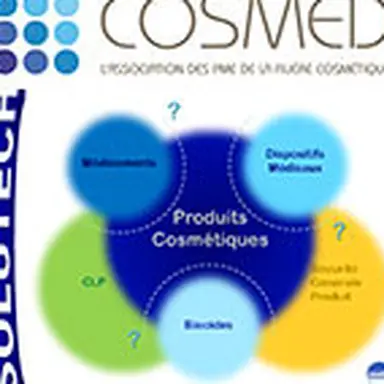
Is my product a ‘true’ cosmetic or is it ‘borderline’? Can it also be considered a biocide, a medical device, or even a drug? The answer to these questions, which determine which regulation(s) apply, has strong implications. At Cosmed’s 14th Regulatory Encounters, François Bourrust (Solutech Consultant) reviewed the topic and discussed recent changes.
Each product has a status… and a specific regulation. This is the concept of ‘uniqueness’, which holds that a product can only belong to a single category. But that concept was only valid until the end of last year.
Things change, and regulations add up and overlap: to achieve compliance, it is sometimes necessary to follow the requirements of more than one regulation. And not just those of Cosmetics Regulation 1223/2009, which is just one (albeit the main one) amongst others.
François Bourrust, the principal at Solutech Consultant, is also a member of the European Commission’s ‘Borderlines’ working group. He is highly qualified, to say the least, to help you find your way in the maze of borders and products whose status is unclear.
Regulations: the law of accumulation
Depending on their function or their presentation (specifically their claims), cosmetic products can lie at the borderline between several regulations. And it is particularly important to class your product correctly, to know exactly where it lies.
The impact of categorisation
‘ Each regulation has an objective, ’ François Bourrust reminded us. As a general rule, the purpose is to protect human health and the environment. But this can play out differently …

